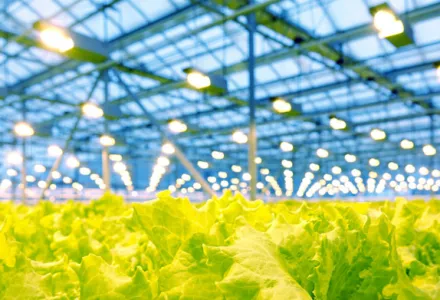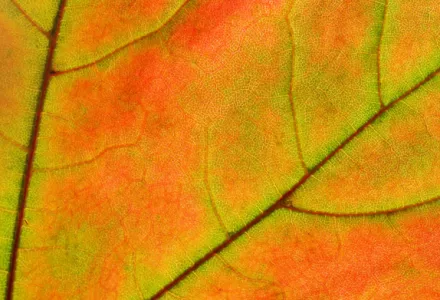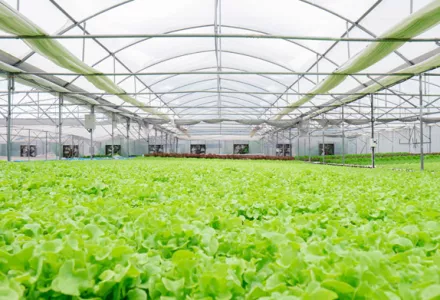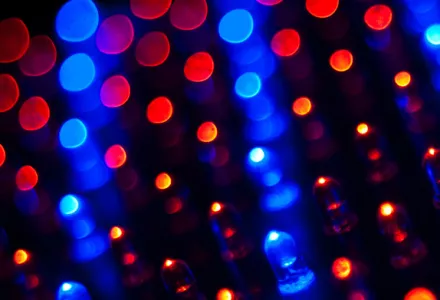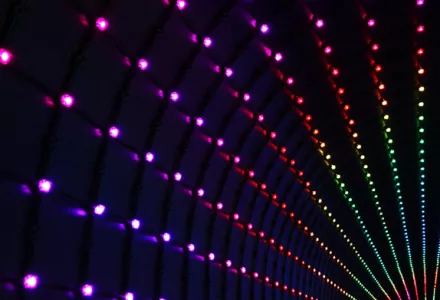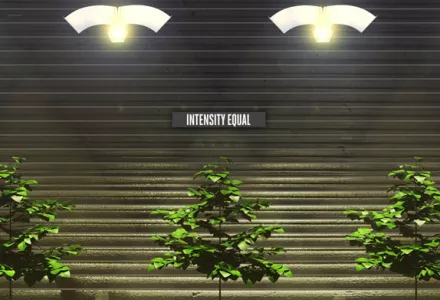When it comes to choosing a good light source for your garden, before you visit your local indoor specialist, there are many things that you need to consider to make the best decision in relation to your growing objectives.
With so many options on the market, you can face a bewildering array of different types of lights and a range of technology and quality. All this can make this decision more difficult than you might think. Yet it remains a critically one.
The first question to consider is how much power do you really need? Will you really benefit from all the extra power of a 1,000 watt eBallast? If your target is year-round fruiting and bigger, stronger plants, then maybe you will need all the power you can get. But if your main objective is to grow seedlings, propagate cuttings or just get a head start for your outdoor garden, perhaps a less powerful light using a motorized light rail or even high output fluorescents, instead of HID, might be plenty.
Higher light intensity will affect how deeply the light penetrates the canopy and its ability to keep the lower parts of the plants functioning. Obviously, smaller plants do not need as much light energy as taller bushier plants would. Using less power will of course save you energy (and therefore money), and it will also make it easier to control your climate. A better climate will always yield healthier plants. Do not over-power your lighting if you do not need it!
Intense light can be a great thing, but it comes with some drawbacks – the biggest being the extra heat generated. Some of this can be controlled using ambient cooling and ventilation, but radiant heat should not be ignored. No amount of cold air will prevent radiant heat from reaching its target. Only distance can achieve this and there is a balance to be found. If you don’t have much height to spare in your grow room, maybe consider replacing that 1,000 watt HPS with several lower-wattage bulbs that you can use closer to canopy.
The rationale behind having the strongest light source possible is that artificial light cannot travel very far before it starts to dissipate. Many gardeners get very anxious after reading in books or on Internet forums that ‘light loses as much as HALF of its strength every single foot it travels’. That sounds scary! The knee-jerk response of many growers is to place the light source as close as they can to the plants, but it’s easy to forget about the harm done by radiant heat. If you place the light too close, the benefits of the extra light will be far outweighed by the damage and stress caused by radiant heat. Heat-stressed plants will produce lower-quality crops, be less healthy and suffer from more troublesome bugs like spider mites. This whole situation can easily be avoided just by raising the lamps a little bit.
There is no magic formula for ‘how far’ the light source needs to be from your plants. Often we suggest that growers ‘put a chair under the lamp and sit there’, so that they can see for themselves how long it takes before they get hot and uncomfortable themselves (but if you do this at home, please wear proper eye protection). The distance will of course be affected by the intensity of the light source, but that is not the only factor.
- The quality of the bulb,
- technology used to power it,
- the shape and material of the shades
are some of the factors that will affect how much heat is radiated towards your garden.

